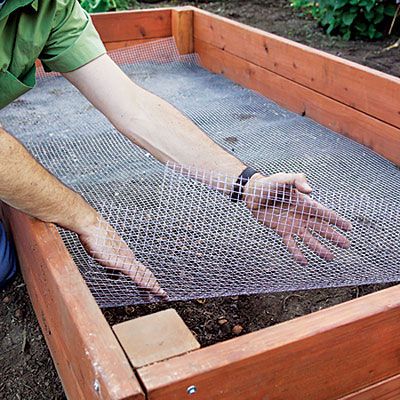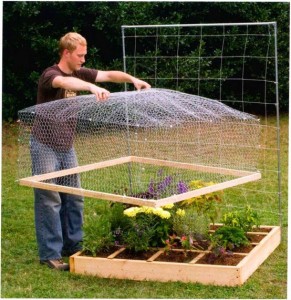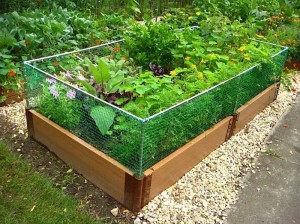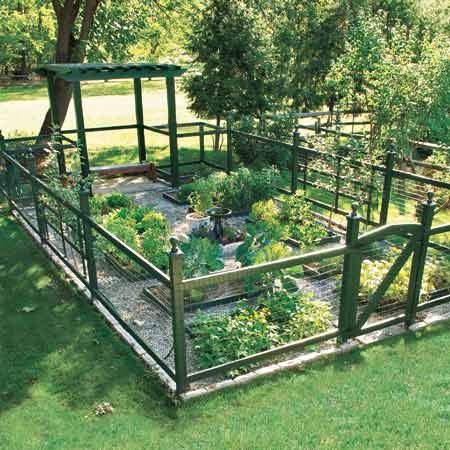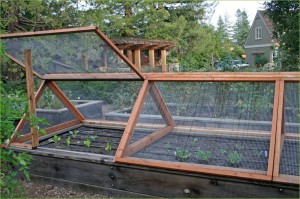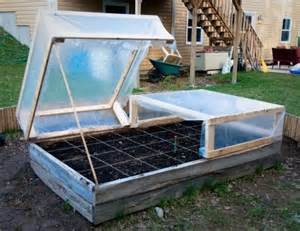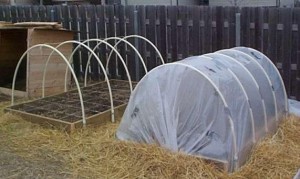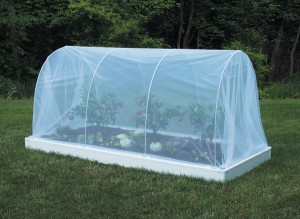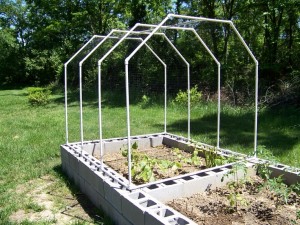Green Housing Construction
When building or modifying a home keep sound environmental practices in mind. Green construction improves energy efficiency, resource conservation, indoor air quality, and protects the health of your family. In addition to helping the environment, a “green” house can save you money and provide you with a healthier, quieter, and more comfortable home.
Generally building greener involves one or more of the following:
- Planning to preserve the natural envrionment
- Site development which reduces erosion, minimizes paves surfaces, and protects vegetation
- Water conservation indoors and outdoors
- Energy efficiency
- Using recyclable materials and air conditioning costs
Permeable Surfaces
Permeable surfaces such as decomposed (crushed) granite, broken concrete, gravel, mulch and grass or other plants allow water to pass through and soak into the soil beneath, as opposed to running off your yard and contributing to stormwater pollution and flooding.
What You Can Do:
- Use bricks, stones, broken concrete, crushed granite or gravel for driveways, paths, and patios.
- Use a contractor who knows and follows regulations concerning construction runoff. Even a small remodel can contribute a large amount of gravel, dirt, and hazardous materials to the storm drain system.
- Investigate the installation of a ‘gray water’ system – to collect your household’s washing water for re-use in the landscape or for flushing toilets – with your local building department officials to determine if they allow residential use of reclaimed water.
What You Can Do (to increase sustainability in your home):
- Add insulation to your home.
- Use innovative, engineered wood products
- Use recycled – content building materials whenever possible and ask your contractor to recycle their demolition waste.
- Use adhesives, paints, and cleaners with low volatile organic compounds (VOC) to reduce indoor air pollution.
- Use light colored roofing to reduce home heat absorption, or consider new “green roofs.”
- Use double-glazed windows to save on heating and air conditioning costs.
- When building a house use the sun. Orient your house and plan your landscaping to take advantage of winter sun and summer shade.
- Use ceiling fans, whole house fans, and attic ventilation to affordably keep your home comfortable.
Choose a smart sprinkler controller for your home
- A smart sprinkler controller automatically adjusts irrigation schedules in response to changing weather conditions.
- They are also called “weather-based irrigation controllers.”
- Smart controllers are a new technology and can be difficult to find.
For more information log onto www.bewaterwise.com for a listing of manufacturers & websites.

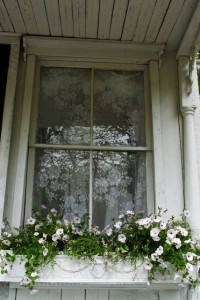
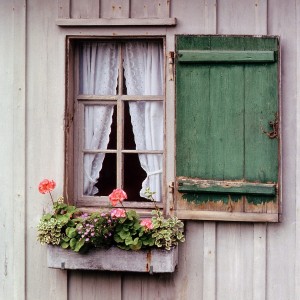
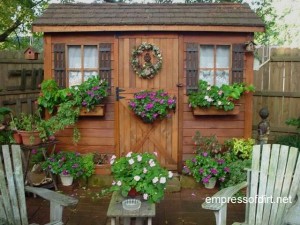
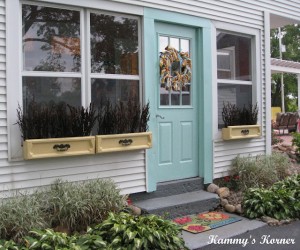
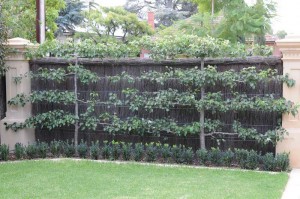
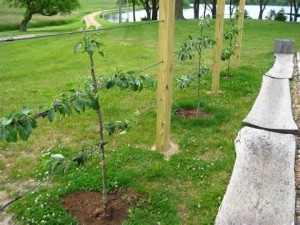
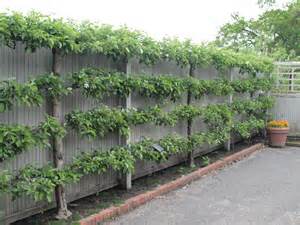
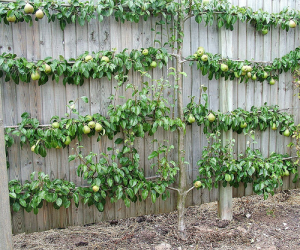
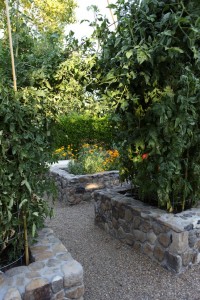
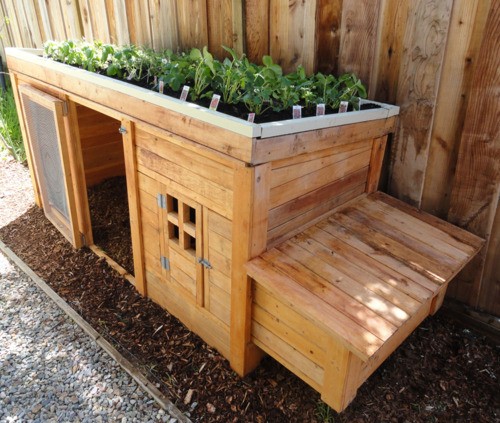
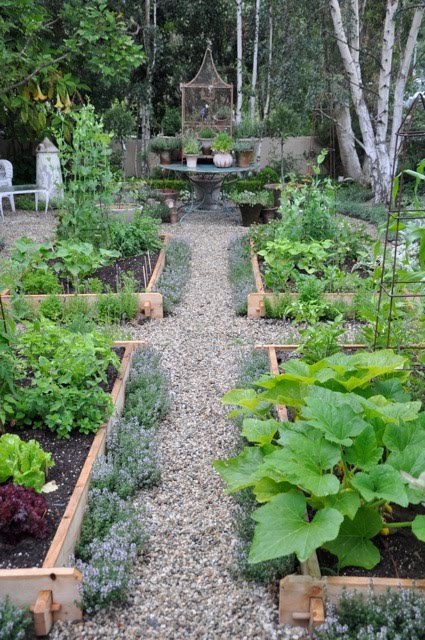
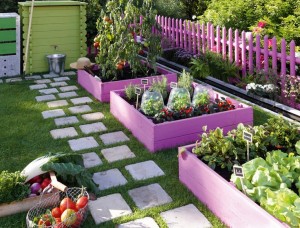
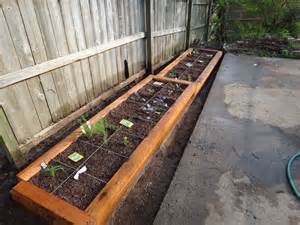
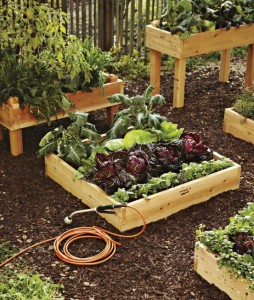
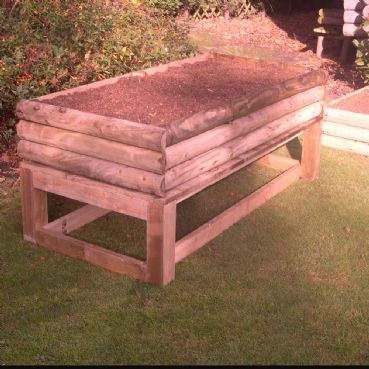
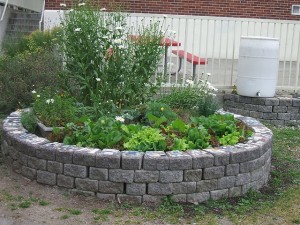
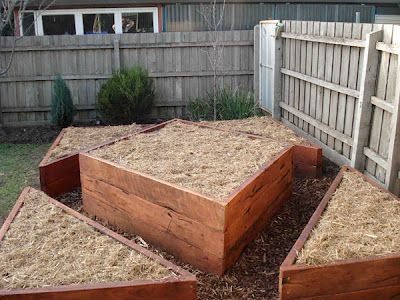
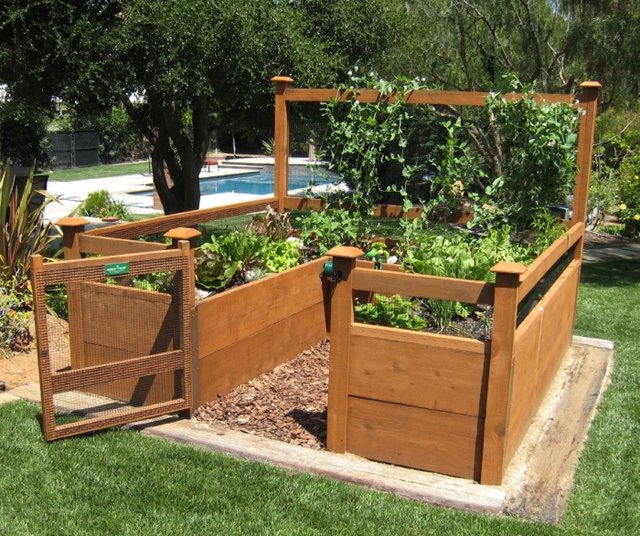 A keyhole style raised bed with a trellis. Great for a small space.
A keyhole style raised bed with a trellis. Great for a small space.